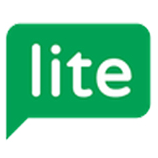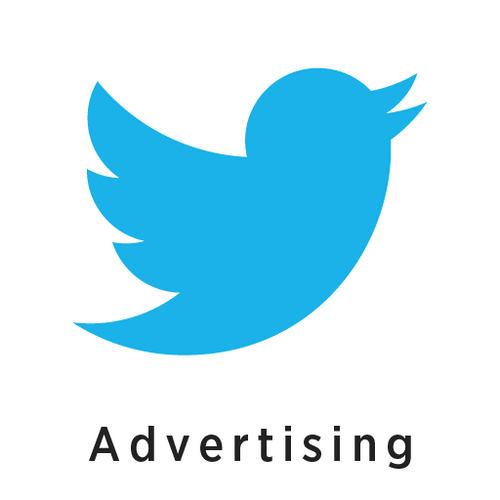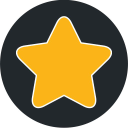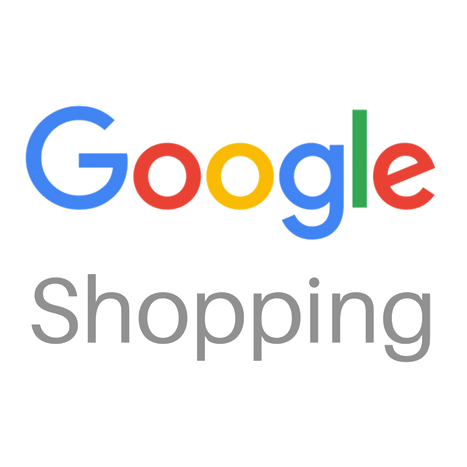How I Anonymously Launched A Newsletter While Keeping My Day Job [$3K/Month]
Hello! Who are you and what business did you start?
Hello, my name is Opossum and I’m the founder of BowTiedOpossum. Did that first sentence confuse you? Well, you’re not alone. We’ll get to that later though.
Many people online choose to be anonymous for a variety of reasons. Chief among those is being able to speak freely and operate side hustles without fear of spillover to their “IRL” careers.
So, what’s my IRL career? I’m a junior/baby eCommerce exec at a brand you likely know. An operator/mechanic of digital businesses if you will.
Most of the online advice about starting a digital business is extremely vague or is written by charlatans. The first is unhelpful while the latter is misguided and damaging to your expectations, energy, the industry, and ultimately your business.
The first end of the spectrum is vague advice. This comes in the form of “just build a website”, “just run ads”, etc. followed by Tweets of “I make so much money, it’s easy bro”. Then there are the screenshots of Shopify stores with good numbers with no defined path of how they got there.
These...

Download the report and join our email newsletter packed with business ideas and money-making opportunities, backed by real-life case studies.

Download the report and join our email newsletter packed with business ideas and money-making opportunities, backed by real-life case studies.

Download the report and join our email newsletter packed with business ideas and money-making opportunities, backed by real-life case studies.

Download the report and join our email newsletter packed with business ideas and money-making opportunities, backed by real-life case studies.

Download the report and join our email newsletter packed with business ideas and money-making opportunities, backed by real-life case studies.

Download the report and join our email newsletter packed with business ideas and money-making opportunities, backed by real-life case studies.

Download the report and join our email newsletter packed with business ideas and money-making opportunities, backed by real-life case studies.

Download the report and join our email newsletter packed with business ideas and money-making opportunities, backed by real-life case studies.












































